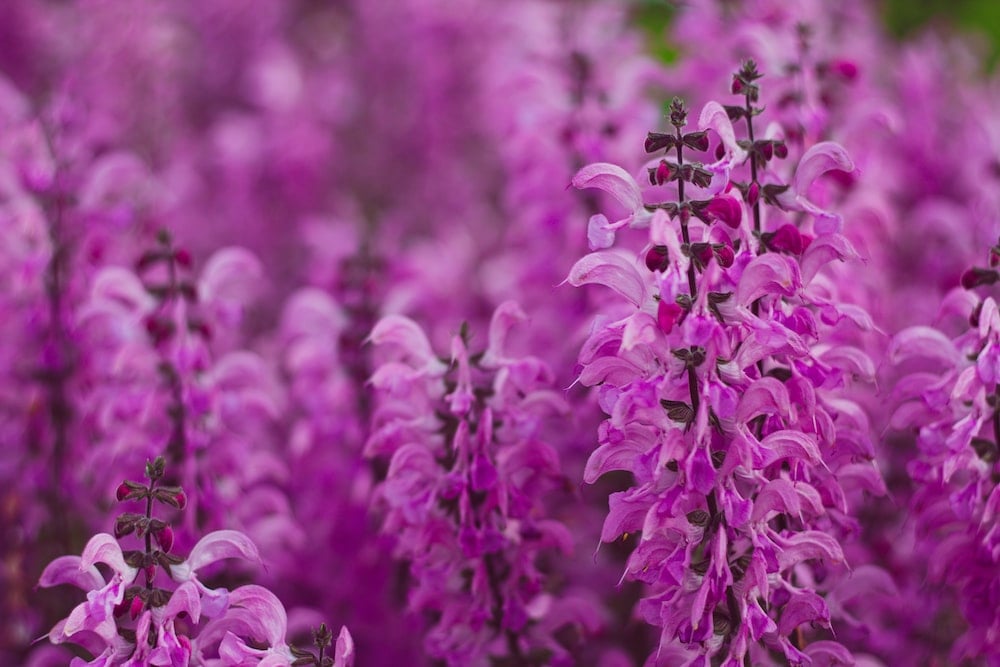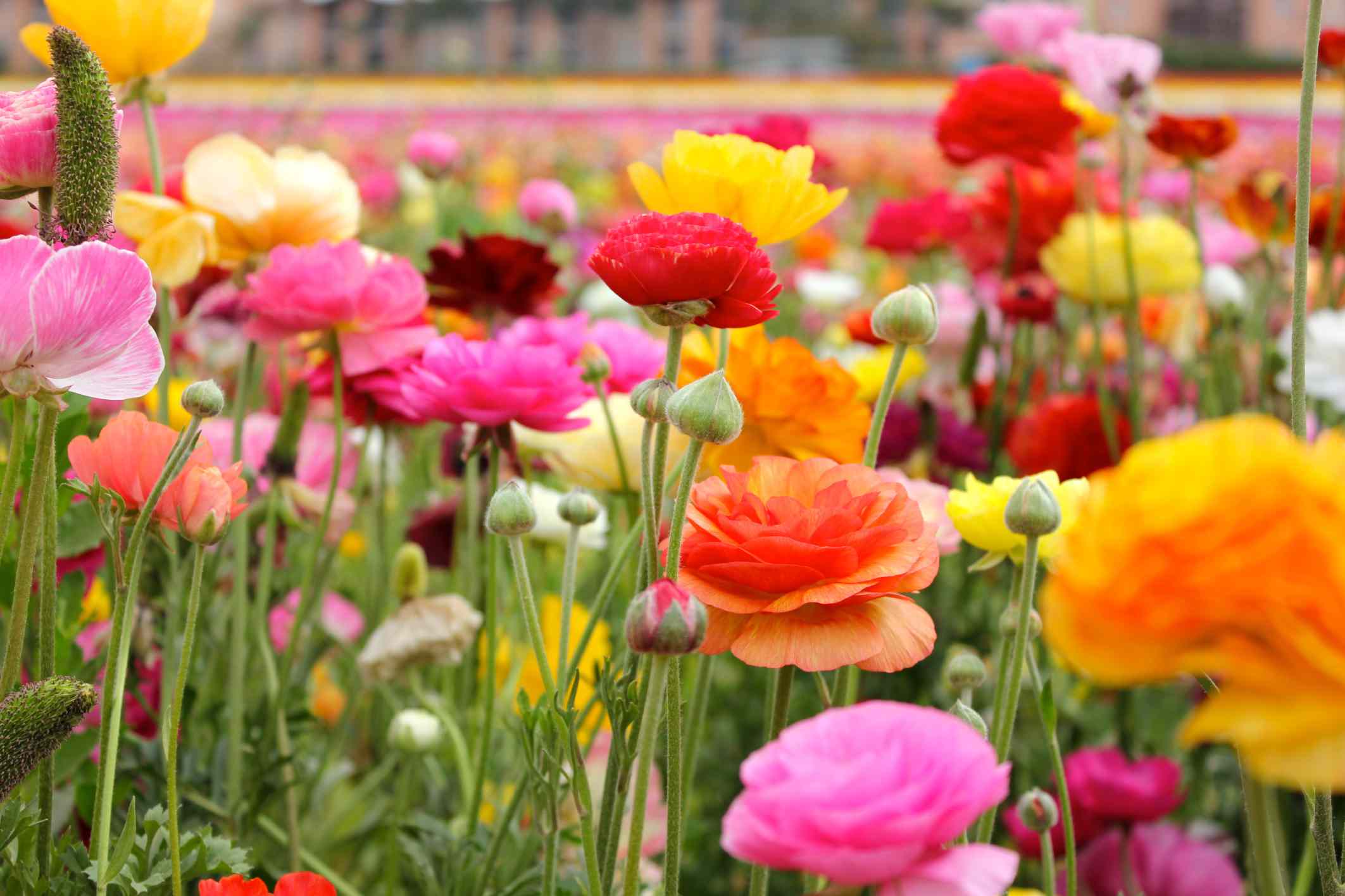How to Plant and Care for Clematis [UK]
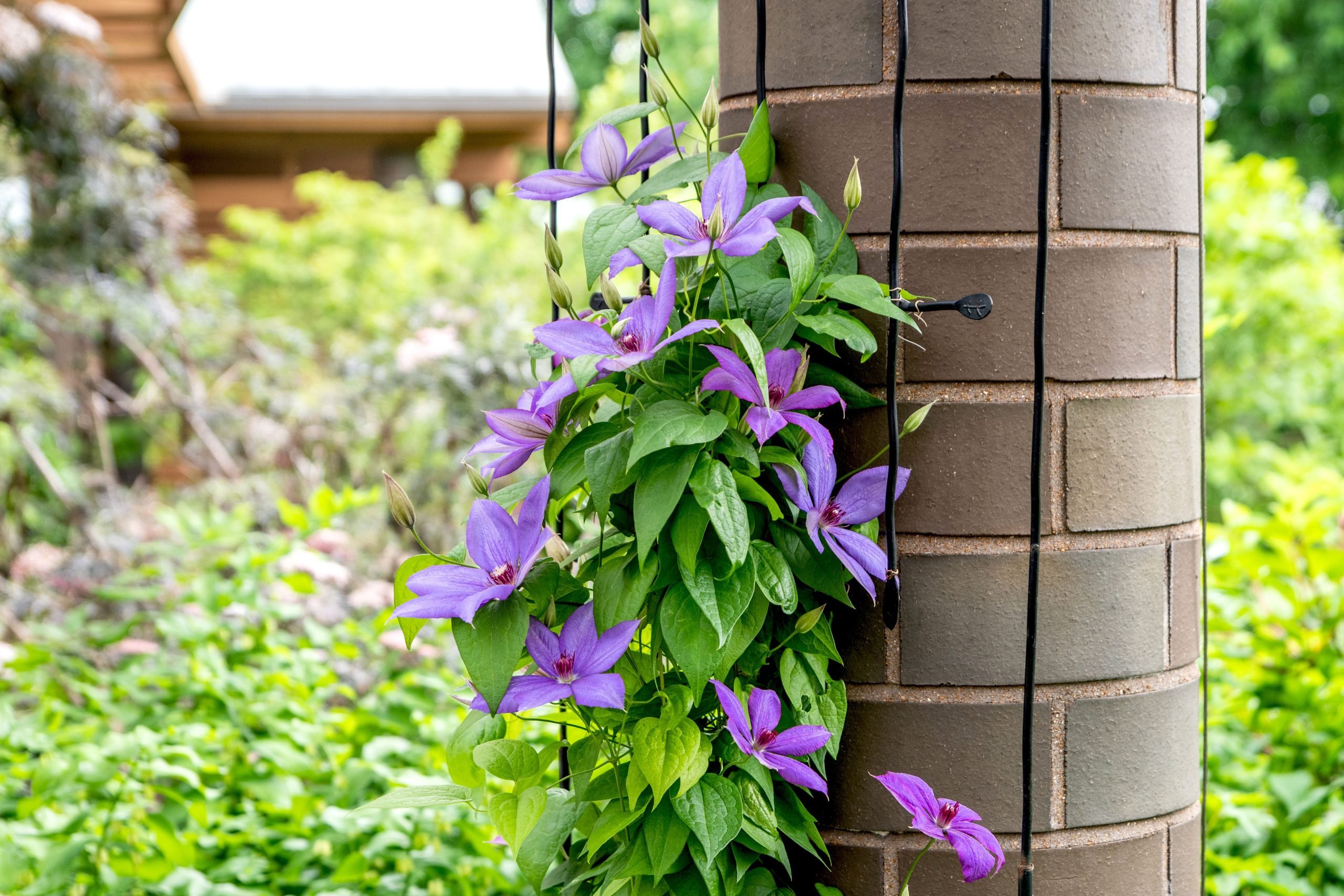
Table of Contents
Clematis is one of the most popular cultivars because of its nature of growth and maintenance. They are perennial climbers and are tolerant of variable soil types, making them adaptable to multiple regions. They also produce a wide range of flower varieties, making them one of the favourites among florists. If planned accordingly, you can have your clematis plantation produce flowers throughout the year!
But to get the most out of clematis, you must know about a variety of conditions for planting them. From the level of fertility and moisture of the soil to the seasons in which you can plant them, you should be familiar with everything.
Worry not, as we are here with a detailed article on how to plant clematis and how to care for them the best for great results.
Clematis – Things You Should Know
Clematis are vigorous climbers and produce a wide range of different shapes and sizes of flowers. Clematis prefers to be planted in moist, well-drained soil where its roots come under shade. Most clematis loves a lot of sunshine and usually bloom in direct sunlight. This means they demand a minimum of six hours of sun per day.
Pruning clematis might be a tricky thing for you to do. There are many varieties of clematis out there for you to choose from. Group 2 and 3 clematis require careful pruning to maintain their shape and keep them blooming. Clematises like Clematis Montana are the easiest to grow as they don’t require pruning.
When and Where to Plant Clematis
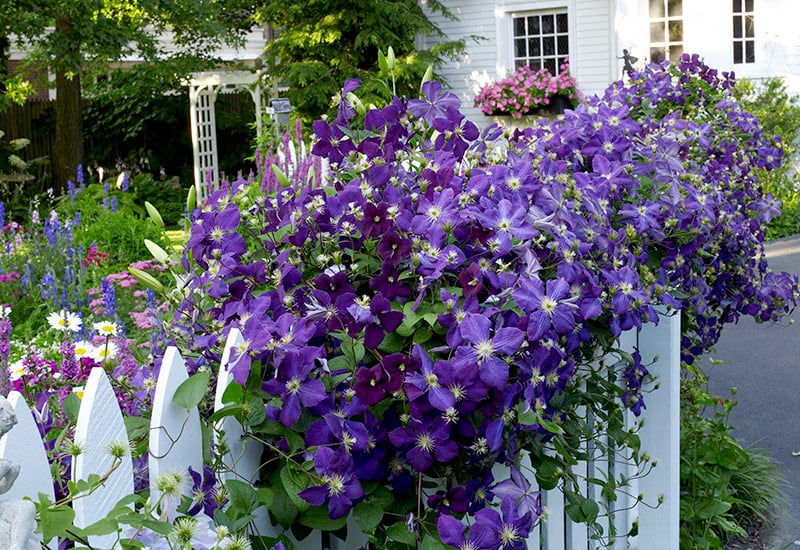
You can plant clematis in the spring, summer, or autumn. But we recommend you choose late spring or early autumn to plant clematis among these seasons. This is the time when the soil stays moist and warm. If you are about to grow them during the summer, you will have to provide them with water more frequently to keep the temperature adequate. No matter what, never consider the winter season for planting clematis.
Locations to plant clematis depend on the kind of plant you are choosing. If you are going with a rigorous climber, we recommend you choose the basement of a large wall or a similar structure with a good height. On the other hand, if it is a plant variety that won’t climb much, you can place it near a small framework of wood or metal bars.
How to Plant Clematis
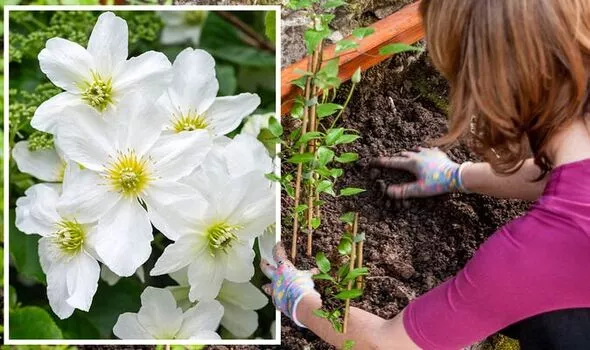
Depending on the variety of clematis you prefer to grow, they might need direct or partial sunlight. However, all clematis varieties require their roots to be buried in the shade to stay cool. Clematis are hungry feeders and will require plenty of manure to grow. Hence, make sure they are grown in fertile soil. During the summer, using a good fertiliser rich in potash once a week will yield the best results.
It is preferred to grow clematis in garden soil rather than in containers. Place them near a tree, wall, or fence so that it will facilitate the plants climbing over and growing well. When you are planning to plant the clematis near a wall, make sure to dig a hole at least 45 cm deep. Make sure the plant goes close to the wall by tying it to a nearby stem.

If you are about to grow the clematis near a tree or shrub, dig a hole in the soil about 90 cm long. To make sure that the plant grows alongside the tree, a tree can be used to provide support for it. Make sure that the hole is twice as wide as the hole in which the plant was placed initially, which will be a pot in most cases. Before placing the plant, add as much organic fertiliser as possible to the hole. You must be careful while removing the plant from its container, and we recommend soaking the plant well with water before taking it out.
One of the important things to follow is to place the root ball of the clematis at least 5 cm below the soil level, as per agriculturists. This prevents the plant from drooping due to excess heat. One of the best ways to keep the root portion of your clematis under shade is to get help from the adjacent plants. By planting long-leaf plant varieties nearby your clematis plantation, their roots can be provided with enough shade automatically.
If you don’t have any of the above options but want to plant them in a container, we recommend the clematis variety ‘Patio Clematis’. These plants are not rigorous climbers and can be contained in minimal space.
Things to Remember While Planting Clematis:
- Prepare the soil
- Positioning the root ball
- Frequent watering
- Tie the plant to a stem or a similar option for climbing well
How to Prune Clematis?
Clematis requires pruning to keep them in good shape. As per the methods of pruning required, clematis is divided into three groups. Pruning clematis is something that worries a lot of people. But with the right amount of knowledge, pruning your favourite plant will be a very easy task.
Pruning Group – 1 Clematis
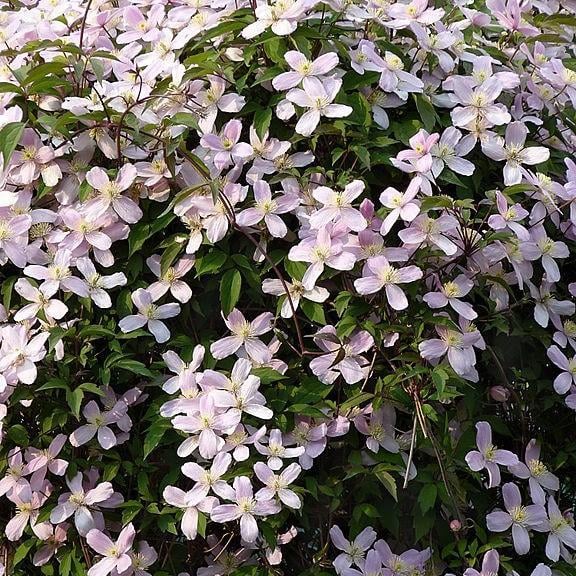
Group 1 clematis considers plant varieties such as Alpina, Montana, etc. These varieties of clematis usually need less or no pruning. You might need to consider pruning only if they outgrow their specific spaces. Though at regular intervals, they might need pruning after flowering. This could be done frequently over a period of a couple of years, which is not a tough thing to consider. The month of June or July will be the best time to consider pruning your group-1 clematis.
Pruning Group – 2 Clematis
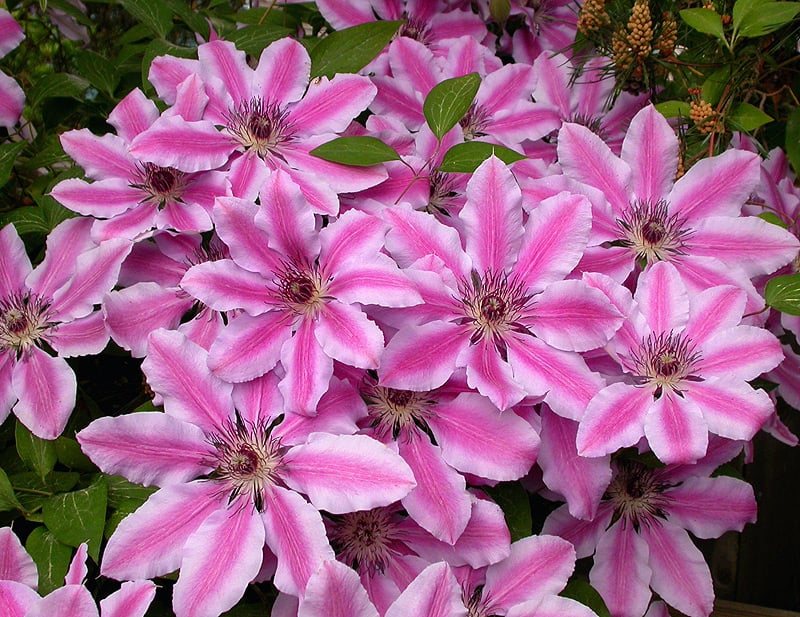
Group 2 clematis includes plant varieties such as Nelly Moser. These plants usually bloom in the months of May and June on the stems they have grown during the previous year. Such plants need to be pruned during February, preferably. There is a specific way to do this. Start pruning from the top of each stem until you reach a flower bud. From there, start cutting in a slanting position, removing the dead, old stem parts. Keep in mind to do the pruning in a light way to protect the flowers. It is recommended to prune once the plant is done flowering to retain its shape.
Pruning Group – 3 Clematis
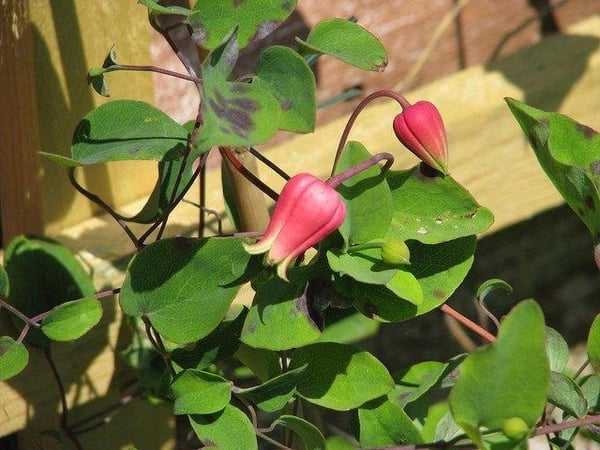
Group-3 clematis includes species such as Prince Charles, Texensis, etc. These plant varieties usually produce flowers in the summer and autumn. Therefore, it is this group of clematis that demands hard pruning. Usually, this is done during the month of February. Pruning this group of clematis is easy and can be done by chopping off all the dead stems above a new, healthy bud 30 cm above ground level. It might sound excessive, but these plants will re-grow the parts quickly before the next flowering.
Dealing with Common Issues of Clematis
Just like any other plantation, clematis too will face issues such as pests and diseases. While planting clematis, you should be aware of how to give them the best care and avoid such problems.
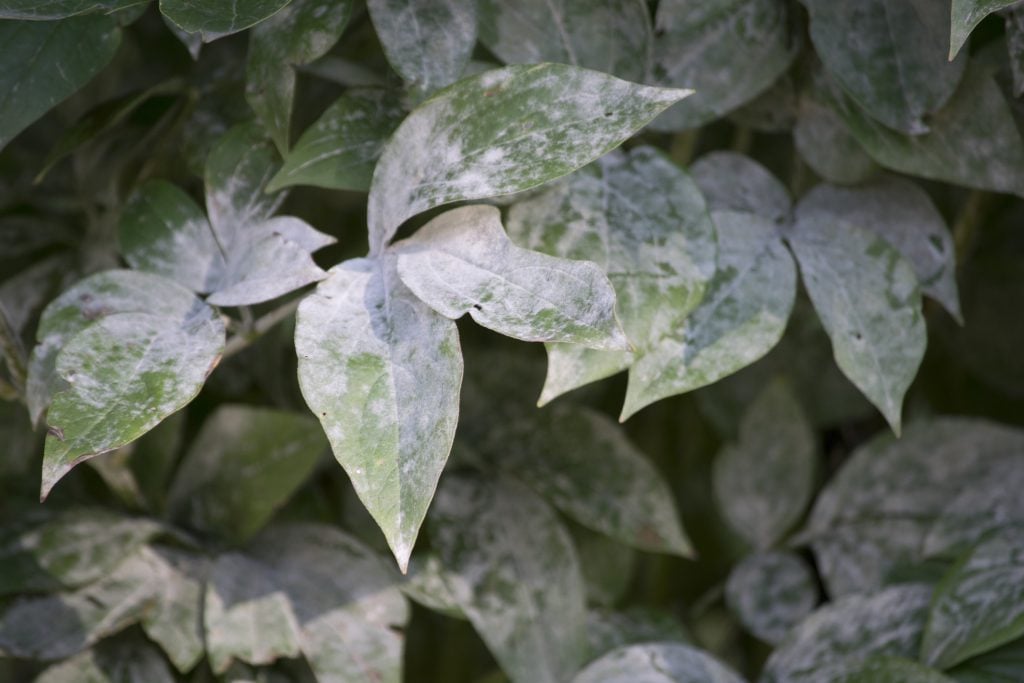
Powdery Mildew is a common issue faced by clematis. This is caused by a fungus that creates a powdery formation on the plant’s leaves. One way to protect your plant from this issue is by chopping off the affected leaves or trying a homemade medicinal solution like comfrey tonic. You can avoid this fungal problem by properly pruning and watering your clematis. Also, make sure to avoid clogging the water at the root level of the plant.
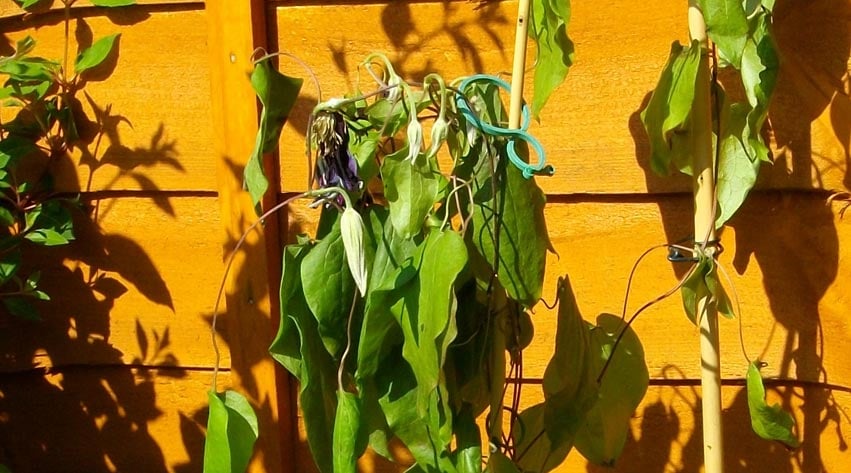
Wiltingis another common problem faced by the clematis. Wilting is usually seen in clematis, which produces large flower varieties. The main symptoms of this condition include blackening of the leaves and rigorous wilting from the top of the plant. Chopping off the affected parts is the best way to save your plant from wilting. To avoid clematis wilt, ensure the soil is always fertile and the roots get enough shade and proper watering.
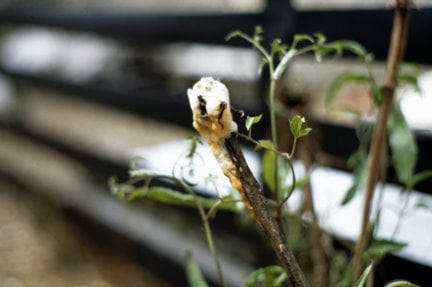
Slime Fluxis a condition when you see slime oozing down the stem of your clematis, along with a smell. There might also be a hindering of growth and the presence of yellow leaves due to this. Cut down the affected stems immediately if you notice slime flux in your clematis.
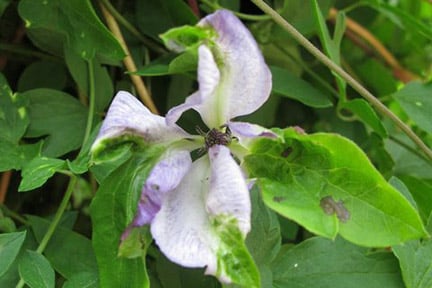
Clematis green petal is a common issue seen on some clematis plants. Even though it is not destructive, this condition makes the petals of your flowers appear green in colour, mostly in the winter. If you notice a clematis green petal in your plantation, you don’t have to worry much, as it is natural to heal immediately by the second flush.
Final Word
We hope this article helped you learn everything there is to know about measures to be taken while planting clematis.
Once you have planted your clematis, take good care of them and prune them to get the best results.
With the right selection of clematis, you can have beautiful flowers at your place all year.
You can see them climb your walls or trees neatly with properly placed stems.
Direct them to climb the right way to make your clematis a beautiful sight for the eyes.
Frequently Asked Questions
How Can I Recognise a Clematis Group?
You can easily identify the clematis variety you have by analysing its flowering patterns. They are usually classified into three groups as per their nature of pruning. Group-1 clematis flowers during the spring and winter seasons. Group-2 clematis flowers during the spring and summer seasons, but in a repeating manner. The group-3 clematis flowers during the autumn and summer seasons.
Will Clematis Affect a Tree’s Growth?
A good variety of clematis grows by climbing up trees or shrubs. You can easily avoid the clematis killing your tree with proper care and pruning.
Can Clematis Be Grown in Shade?
Almost all varieties of clematis require a good amount of sun or partial shade. If you plant a clematis in the shade, it will likely produce no flowers and struggle to grow.
How Fast Does a Clematis Grow?
The growth of clematis can vary depending on the kind of plant you choose. Clematis in the group-3 category are rigorous climbers and can grow up to several metres in one season.
Is it Safe to Move or Transplant My Clematis?
It is possible to transplant clematis. However, remember that you will have to dig deep to cause zero damage to its roots, as they are deep-rooted plants.

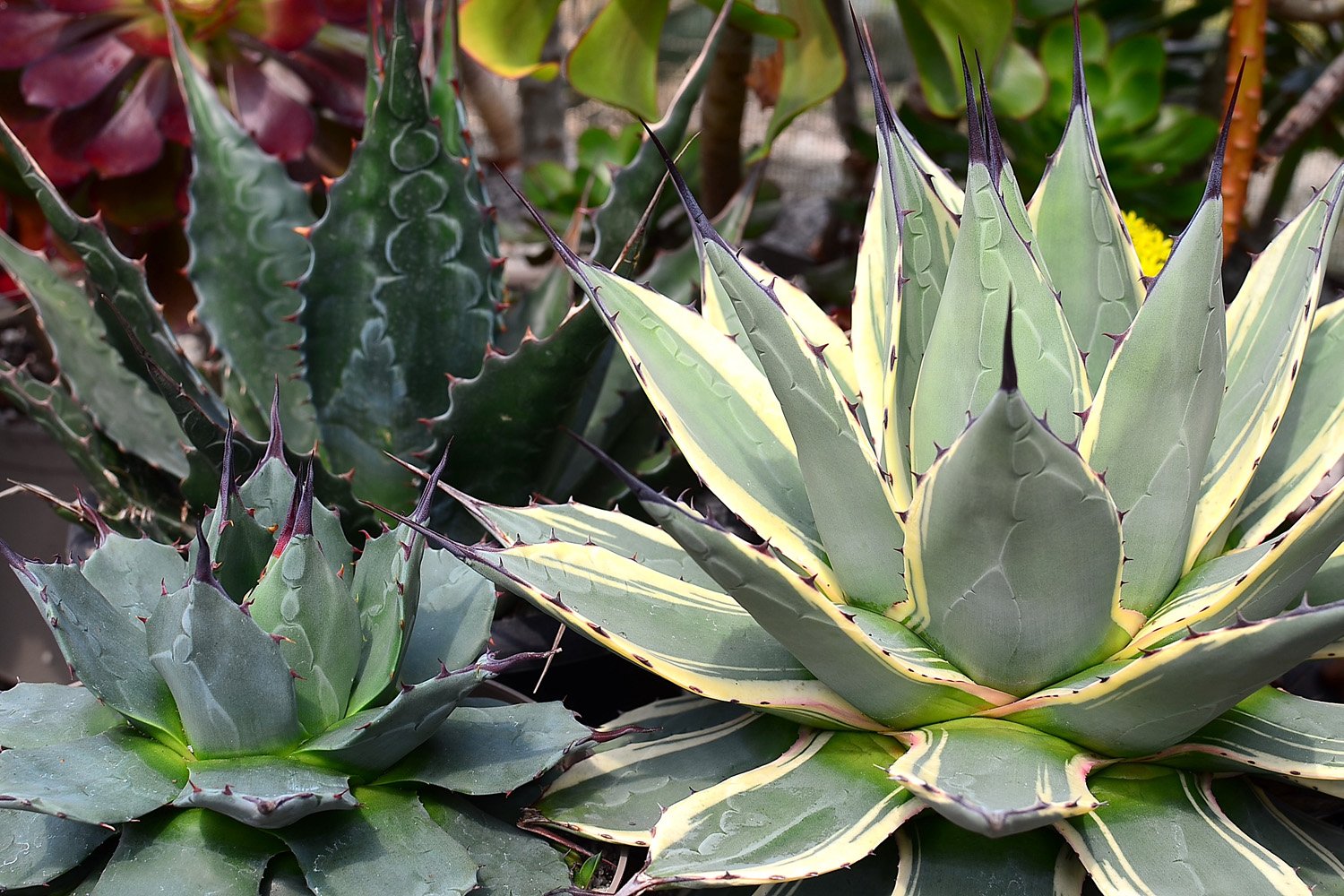
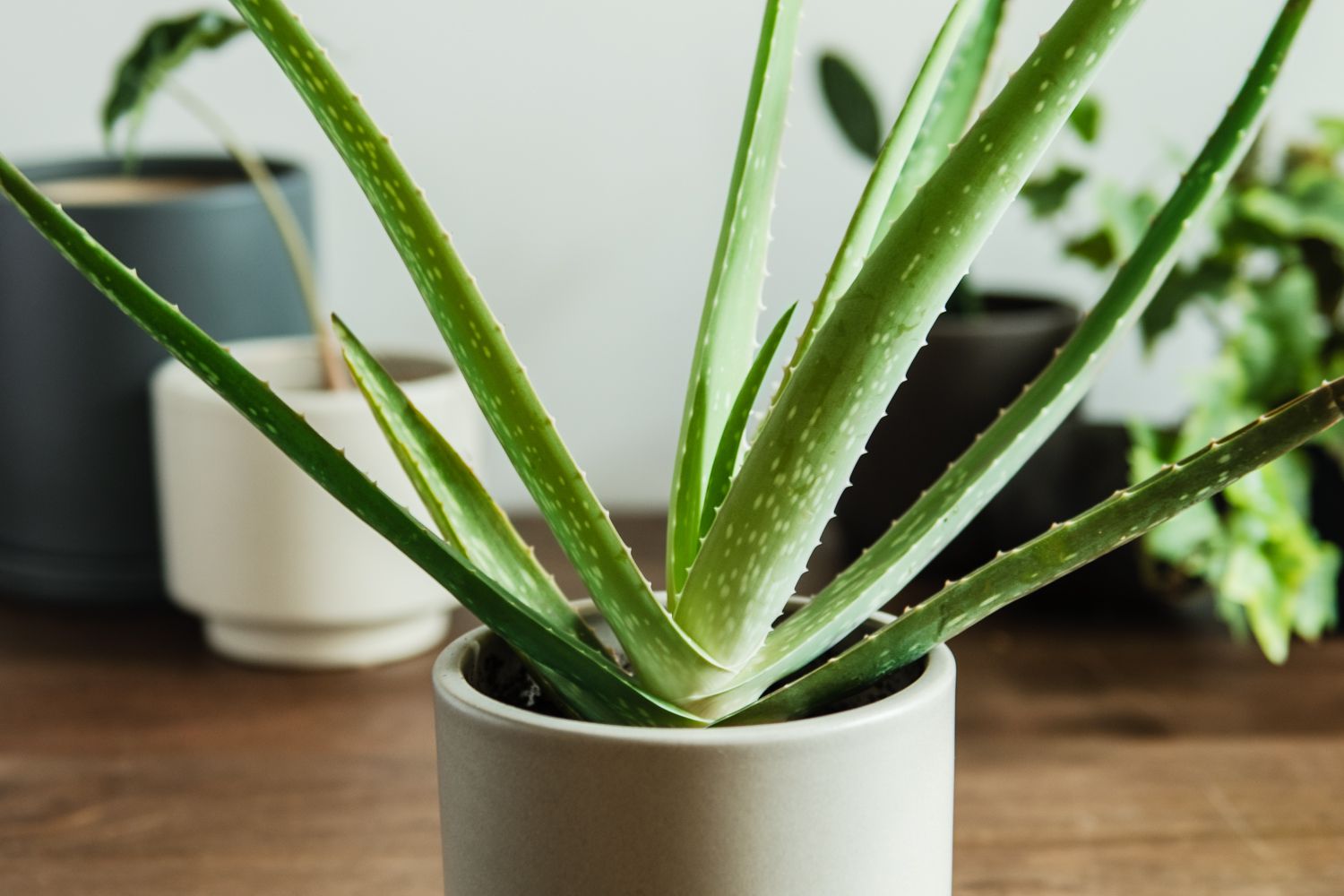
![A Beginner’s Guide to Monstera ‘Swiss Cheese Plant’ [With Caring Tips]](https://staging.thearches.co.uk/wp-content/uploads/Monstera-Swiss-Cheese-Plant-Care-Tips.jpeg)
![How To Grow and Maintain Areca Palm Houseplants [Dypsis Lutescens]](https://staging.thearches.co.uk/wp-content/uploads/How-To-Grow-Care-For-Areca-Palm-Houseplants.jpg)
